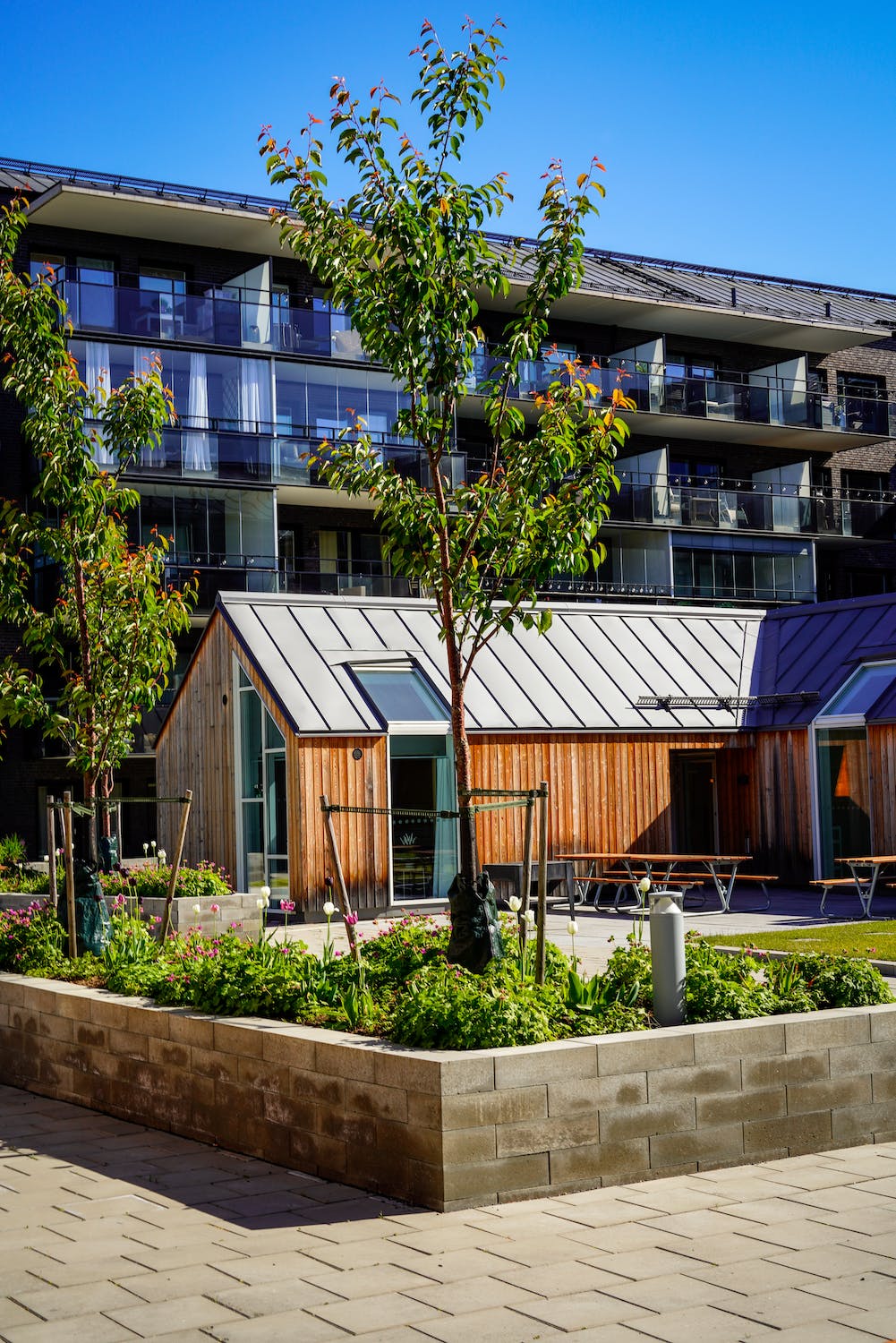Swedish Developers Plan World's Largest Wooden City with Ambitious Climate Goals

In a groundbreaking move towards sustainable urban development, Swedish developers are embarking on a monumental project to construct the world's largest wooden city in Stockholm.
The ambitious venture, known as "Stockholm Wood City," is spearheaded by real estate developer Atrium Ljungberg and designed by renowned architecture firms White Arkitekter and Henning Larsen. Once completed, the city will span over 250,000 square meters, boasting 7,000 office spaces and 2,000 homes, creating a vibrant mix of workplaces, housing, restaurants, and shops. This visionary project is expected to cost approximately $1.4 billion and is scheduled to commence construction in 2025, with a projected completion timeline of ten years.
The move towards wooden construction comes as a response to the pressing global need to reduce carbon emissions. Conventional building materials, such as steel and concrete, contribute significantly to the construction industry's carbon footprint, accounting for nearly 40% of global emissions. By contrast, timber has emerged as a more eco-friendly alternative, as studies reveal that using mass timber, an engineered wood product, can reduce emissions related to manufacturing, transportation, and installation by up to 26.5% in mid-rise structures.
However, while the use of timber presents a promising solution to curb carbon emissions, it also introduces new concerns, particularly related to fire safety. Critics argue that wooden buildings pose an increased risk of fire hazards compared to traditional structures. These concerns stem from a lack of clarity and standardisation in fire safety regulations for timber buildings across different jurisdictions.
In response to these apprehensions, proponents of the "Stockholm Wood City" project, including Annica Ånäs, CEO of Atrium Ljungberg, emphasize that the project adheres to rigorous safety requirements, including fire safety measures. The wood used in the construction is specifically engineered to form a protective char layer on the surface, maintaining structural integrity and contributing to a safer building.
The impact of this Swedish project extends beyond its immediate locale. The use of timber in urban development has been gaining momentum worldwide. Innovations in wooden construction, like a college campus building in Singapore and a 280-foot-tall timber skyscraper in Norway, have showcased the potential of wooden buildings to revolutionise urban landscapes.
In the United States, interest in modern timber construction has been steadily growing. Fast Company reported the development of approximately 1,300 mass-timber buildings across the country, with the number expected to rise as cities adapt their building codes to accommodate this sustainable building approach.
Despite this growth, barriers remain for the widespread adoption of timber cities like "Stockholm Wood City" in the United States. Some experts argue that the nation's building codes, which often originated in response to past urban fires, need to be updated to accommodate large-scale timber construction. Additionally, geography plays a crucial role in determining the feasibility of wooden cities, as areas prone to wildfires may not be suitable for such projects.
Katie Mesia, a design resilience leader and principal at Gensler, a global architecture and design firm, remains optimistic about the future of wooden cities in the United States. She believes the "tidal wave" of interest in mass timber construction, observed both in Europe and the U.S., will likely lead to more ambitious projects in the near future.
As construction on "Stockholm Wood City" progresses, the project will serve as a tangible example of what can be achieved with sustainable and innovative urban planning. As environmental concerns continue to drive change in the construction industry, the success of this ambitious Swedish endeavour may set the stage for similar projects across the globe, helping to create a more sustainable future for urban development.